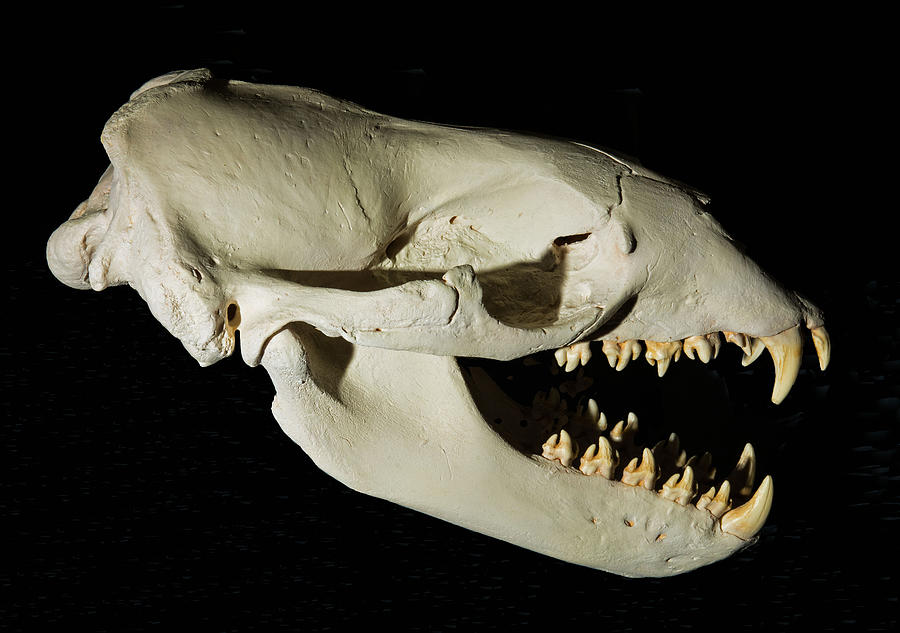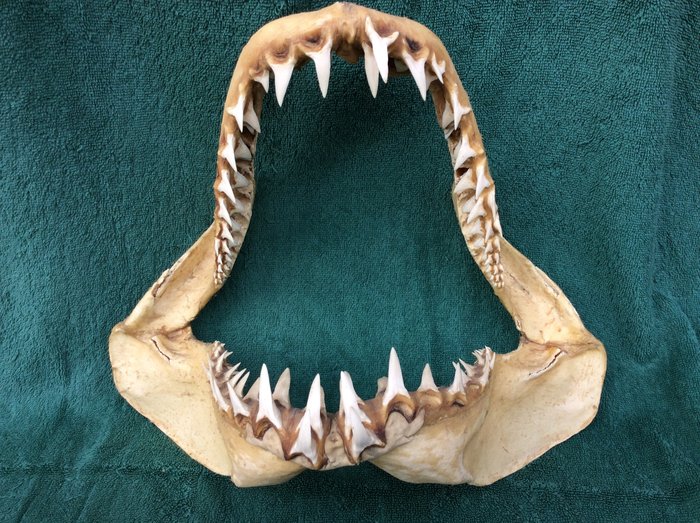Post by dinosauria101 on Apr 25, 2019 2:56:21 GMT 5
Leopard Seal - Hydrurga leptonyx
The leopard seal (Hydrurga leptonyx), also referred to as the sea leopard, is the second largest species of seal in the Antarctic (after the southern elephant seal). It is most common in the southern hemisphere along the coast of Antarctica and on most sub-Antarctic islands, but can also be found on the coasts of southern Australia, Tasmania, South Africa, New Zealand, Lord Howe Island, Tierra del Fuego, the Cook Islands, and the Atlantic coast of South America. It can live twenty-six years, possibly more. Orcas and large sharks are the only natural predators of leopard seals. The leopard seal is large and muscular, with a dark grey back and light grey on its stomach. Its throat is whitish with the black spots that give the seal its common name. Females are slightly larger than the males. The overall length of this seal is 2.4-3.5 m (7.9-11.7 ft) and weight is from 200 to 600 kilograms (440 to 1,300 lb). They are about the same length as the northern walrus but usually less than half the weight. Its front teeth are sharp like those of other carnivores, but its molars lock together in a way that allows them to sieve krill from the water, in the manner of the crabeater seal.The leopard seal is second only to the orca among Antarctica's top predators. Its canine teeth are 2.5 cm (1 in). It feeds on a wide variety of creatures. Smaller seals probably eat mostly krill, but also squid and fish. Larger leopard seals probably switch from krill to more substantial prey, including king, adelie, rockhopper, gentoo and emperor penguins, and less frequently, other seals such as the crabeater seal.

Tiger Shark - Galeocerdo cuvier
The tiger shark (Galeocerdo cuvier) is a species of requiem shark and the only extant member of the genus Galeocerdo. It is a large macropredator, capable of attaining a length over 5 m (16 ft 5 in). Populations are found in many tropical and temperate waters, especially around central Pacific islands. Its name derives from the dark stripes down its body, which resemble a tiger's pattern, but fade as the shark matures. The tiger shark is a solitary, mostly nocturnal hunter. It is notable for having the widest food spectrum of all sharks, with a range of prey that includes crustaceans, fish, seals, birds, squid, turtles, sea snakes, dolphins, and even other smaller sharks. It also has a reputation as a "garbage eater", consuming a variety of inedible, man-made objects that linger in its stomach. Though apex predators, tiger sharks are sometimes taken by groups of killer whales. It is considered a near threatened species due to finning and fishing by humans. The tiger shark commonly attains a length of 3.25–4.25 m (10 ft 8 in–13 ft 11 in) and weighs around 385–635 kg (849–1,400 lb). It is dimorphic, with exceptionally large females reportedly measuring over 5 m (16 ft 5 in), and the largest males 4 m (13 ft 1 in). Weights of particularly large female tiger sharks can exceed 900 kg (2,000 lb).

Credit to Wikipedia
NOTE: This may not seem sympatric, but their ranges have begun to overlap with the onset of global warming
The leopard seal (Hydrurga leptonyx), also referred to as the sea leopard, is the second largest species of seal in the Antarctic (after the southern elephant seal). It is most common in the southern hemisphere along the coast of Antarctica and on most sub-Antarctic islands, but can also be found on the coasts of southern Australia, Tasmania, South Africa, New Zealand, Lord Howe Island, Tierra del Fuego, the Cook Islands, and the Atlantic coast of South America. It can live twenty-six years, possibly more. Orcas and large sharks are the only natural predators of leopard seals. The leopard seal is large and muscular, with a dark grey back and light grey on its stomach. Its throat is whitish with the black spots that give the seal its common name. Females are slightly larger than the males. The overall length of this seal is 2.4-3.5 m (7.9-11.7 ft) and weight is from 200 to 600 kilograms (440 to 1,300 lb). They are about the same length as the northern walrus but usually less than half the weight. Its front teeth are sharp like those of other carnivores, but its molars lock together in a way that allows them to sieve krill from the water, in the manner of the crabeater seal.The leopard seal is second only to the orca among Antarctica's top predators. Its canine teeth are 2.5 cm (1 in). It feeds on a wide variety of creatures. Smaller seals probably eat mostly krill, but also squid and fish. Larger leopard seals probably switch from krill to more substantial prey, including king, adelie, rockhopper, gentoo and emperor penguins, and less frequently, other seals such as the crabeater seal.

Tiger Shark - Galeocerdo cuvier
The tiger shark (Galeocerdo cuvier) is a species of requiem shark and the only extant member of the genus Galeocerdo. It is a large macropredator, capable of attaining a length over 5 m (16 ft 5 in). Populations are found in many tropical and temperate waters, especially around central Pacific islands. Its name derives from the dark stripes down its body, which resemble a tiger's pattern, but fade as the shark matures. The tiger shark is a solitary, mostly nocturnal hunter. It is notable for having the widest food spectrum of all sharks, with a range of prey that includes crustaceans, fish, seals, birds, squid, turtles, sea snakes, dolphins, and even other smaller sharks. It also has a reputation as a "garbage eater", consuming a variety of inedible, man-made objects that linger in its stomach. Though apex predators, tiger sharks are sometimes taken by groups of killer whales. It is considered a near threatened species due to finning and fishing by humans. The tiger shark commonly attains a length of 3.25–4.25 m (10 ft 8 in–13 ft 11 in) and weighs around 385–635 kg (849–1,400 lb). It is dimorphic, with exceptionally large females reportedly measuring over 5 m (16 ft 5 in), and the largest males 4 m (13 ft 1 in). Weights of particularly large female tiger sharks can exceed 900 kg (2,000 lb).

Credit to Wikipedia
NOTE: This may not seem sympatric, but their ranges have begun to overlap with the onset of global warming













